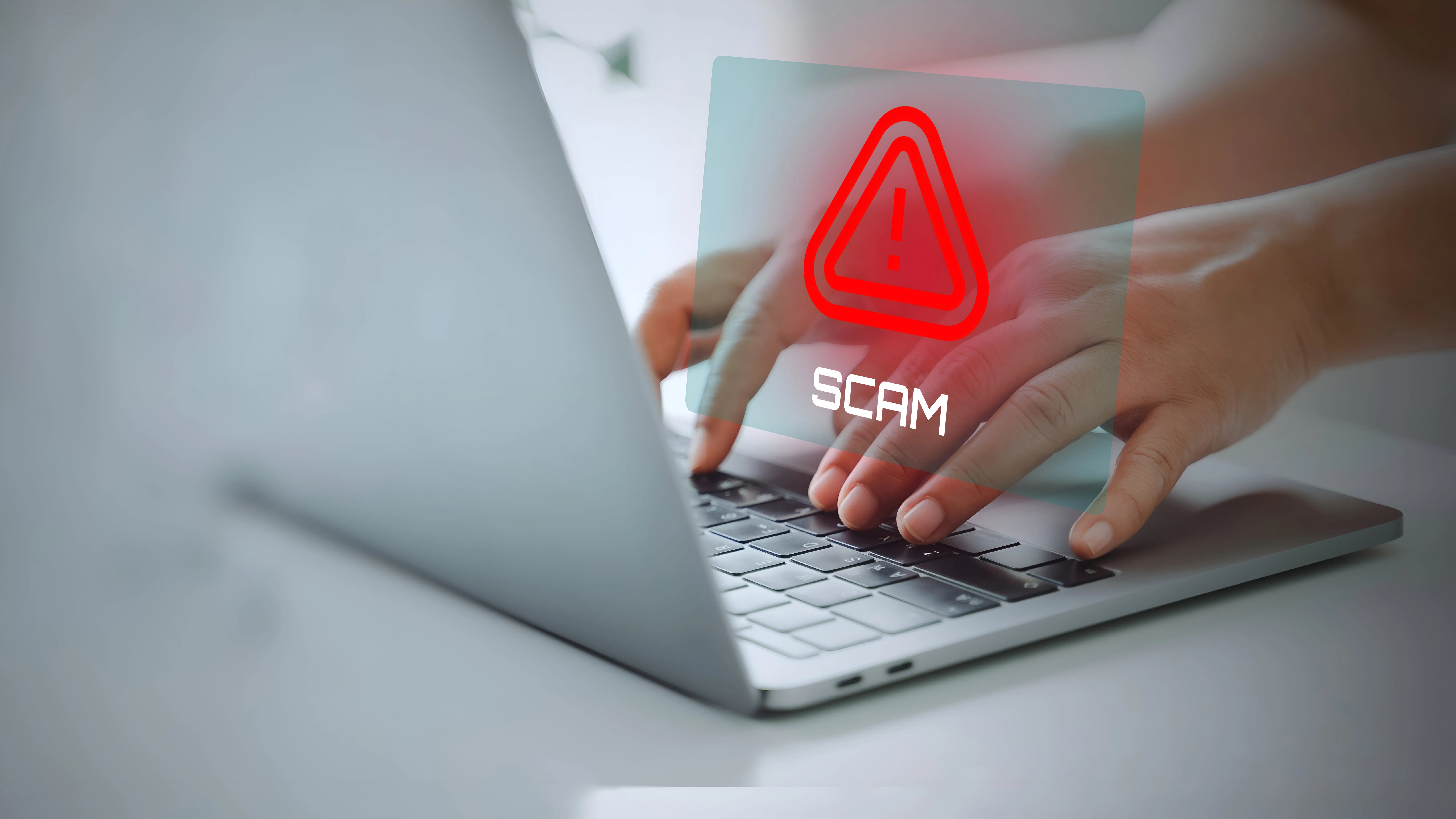5 Tips for Protecting Your Business From Social Media-Based Scams and Phishing

If you're a business operating in this day and age, social media is that one tool you should never ignore. It boosts brand awareness and customer engagement, and gives you a chance to show a bit of personality for relatability's sake. If you're not on it, you're missing out on a significant amount of traffic and leads.
But it's also a known fact that there are bad guys lurking around the corners of social media platforms. One wrong step and they can steal your identity and deceive your unsuspecting followers. This can be an expensive issue to deal with. It can also shatter your brand reputation to smithereens. But there are surefire ways to protect your business from social media scams and phishing. Read on for the details.
1. Monitor
You should be on the lookout for social media accounts pretending to be you. Cybercriminals can mimic your name or logo to carry out phishing scams or trick your customers. Continuous monitoring can help topple them down.
Use the ever handy search engines like Google and social media monitoring platforms to be automatically alerted of any mentions of your company name, products or services, and your team members. Take note of variations such as misspellings and added characters as these are scammers' go-to tactics to deceive. With their fake profiles, criminals may even offer fake support to your followers, sending them malicious links to forms that are actually meant to steal their personal information, such as passwords, social security number, personal banking information, credit card details, etc.
A social media investigation tool can also be an essential part of your monitoring arsenal. It can capture the digital footprint of any malevolent entity trying to penetrate your domain, allowing you to expedite your threat detection and analysis efforts. Talk about stopping these bad guys in their tracks before causing damage to your business.
Once you've discovered these impersonations, immediately report scams or the fake social media profiles that perpetrate them. Spread the word about these accounts on each of your social media channels so your audience will be alerted. You may also pursue legal action if necessary.

2. Strengthen Security Protocols
You've got to have solid security measures in place. You can't just be complacent these days although you might say you're already doing everything you can to protect your business. Online criminals are only getting more sophisticated by the day, so you've got to up your cybersecurity game.
Role-based access control or RBAC is imperative. Not everyone has to have access to your entire business account information. For instance, administrators and content creators should only be allowed permission suitable to their respective roles. The latter shouldn't have the same level of access as the former.
Two-factor authentication or multi-factor authentication is an equally critical strategy. Here, a user has to provide additional proof, such as an authenticator app token, a code sent to a phone number, or a fingerprint scan, on top of a password. Still, a strong password policy is essential. A minimum of 12 characters should be a standard, and employees should be prohibited from using the same password for different accounts. A password manager can also come in handy as it can generate and store complex passwords. The result? No duplicate or forgotten codes.
Don't forget to conduct a regular audit of your organization's social media security posture. Always review individual team member access to business accounts, devices used, and privacy settings. Also, check for unusual activities like login attempts from unverified locations.
3. Enable HTTPS
Hypertext Transfer Protocol Secure or HTTPS is the more secure version of HTTP. It encrypts every piece of information between the user and a website. Having this in your social media links means there would be no anomalous interception of traffic, so no chance for cyber attackers to tamper the connection with malicious content. Thus, online scams won't succeed and there's significantly less risk of sensitive information being stolen.
But how do you secure one? You first have to obtain a Secure Sockets Layer/Transport Layer Security or SSL/TLS certificate from a reputable Certificate Authority (CA). Next, you've got to install the certificate on your web server. Note that the process varies per hosting provider. Configuring HTTPS is the last step. Through methods such as server-side 301 redirects, it sends all website traffic to the website's HTTPS version.
This not only protects your business. It also builds customer trust. HTTPS is an indication that you're doing everything you can to protect their data.
4. Educate Your Employees
Humans are the primary targets of social engineering attacks. This means your team members can be the most vulnerable part of your organization, but only if they're not well aware of their enemies. So, you've got to invest in their training and education so they can act as a human firewall against cybercriminals.
Teach them how to recognize red flags, such as generic greetings, poor grammar, and unusual urgency. Remind them to never click links and attachments right away. Instead, they should hover over these elements to check their legitimacy before doing any action. They should also be well-versed in pinpointing impersonations. Train them to have the eye for things like unverified social media profiles, variations in brand logos, etc.
Educating them on the right reporting procedures can't be stressed enough. Foster a culture wherein employees feel safe to report any suspicious activity or mistake without the fear of being sanctioned for "allowing" things to happen. They should also know to never engage with message they deem suspicious; reporting then deleting it is the best route to go.
5. Have a Clear Social Media Policy
You should provide your employees with guidelines that tell them how to properly use both business and social media accounts.
Apart from assigning different levels of access, it should be clear only which members are allowed to post content on the company's social media pages so the brand voice remains consistent. How employees behave in their personal social media channels should be regulated too. They're not supposed to share any confidential company information or make any remarks that could ruin the organization's reputation. Social media use during work hours should also be looked into to avoid misuse of company devices.
Disciplinary actions for anyone who violates the rules have to be clearly communicated. Differentiate which cases demand warning and which ones warrant termination.
A social media policy ought to be updated regularly as well, considering that threats evolve faster than you realize.
Conclusion
Dealing with social media-based scams and phishing is all about being proactive. Act before these attacks even get near your organization's social media vicinity. Have the right measures in place and nobody from your team, even your followers, will fall victim to these threats.
